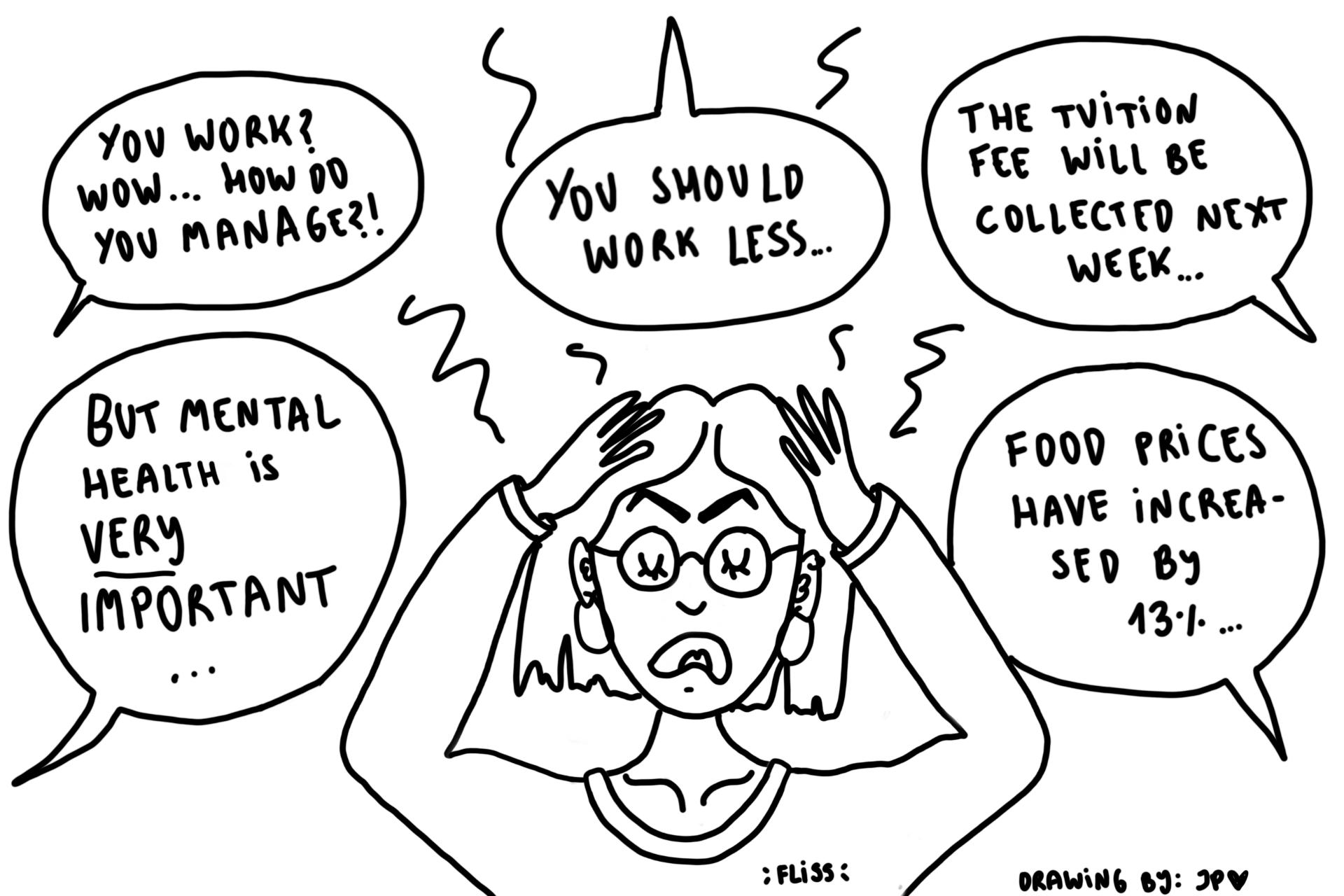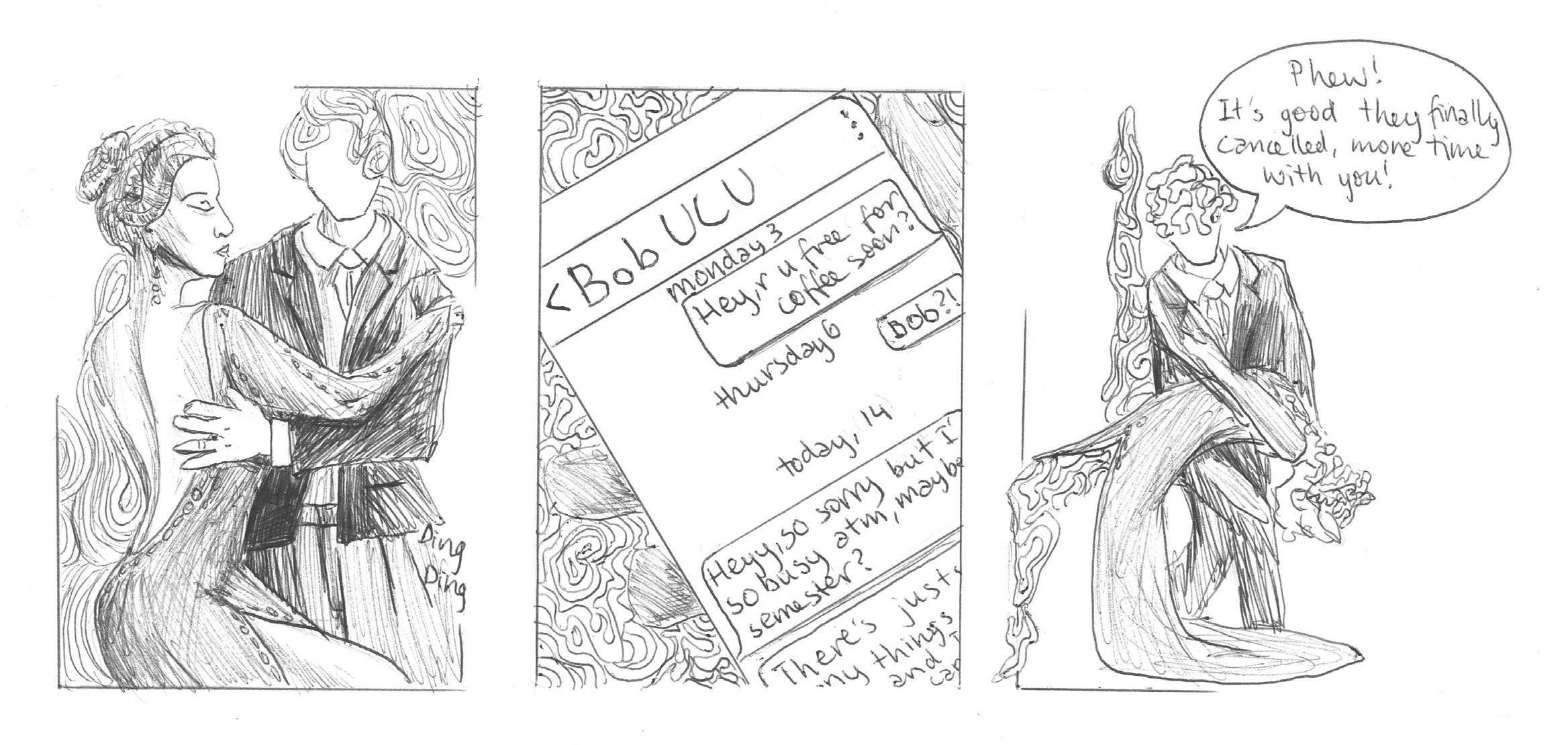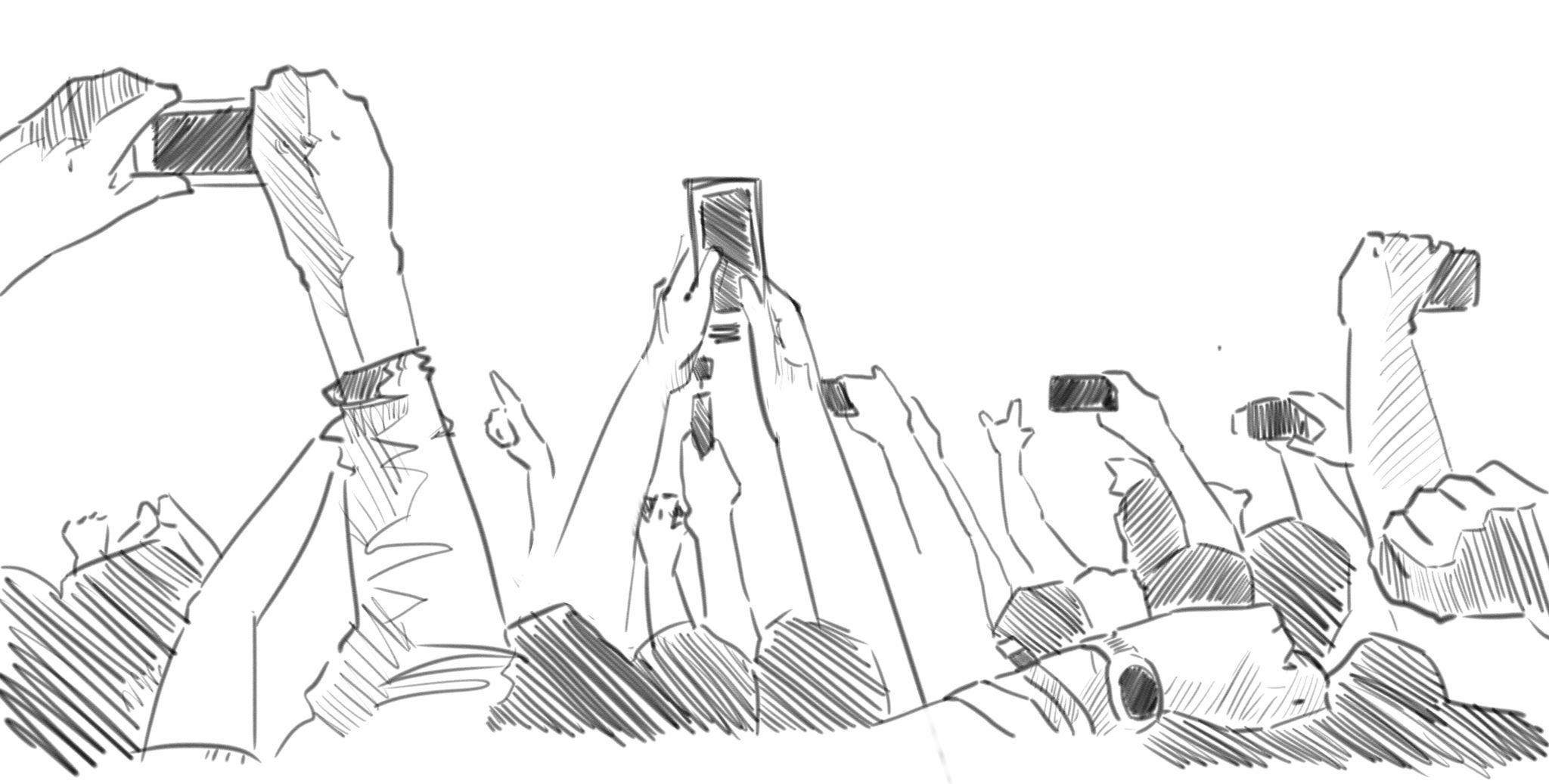
3 minute read
Where Are all the Plus-size Male Models?
from Winter 2022
by Pablo Ruiz Delgado
The other night, I was watching ‘Love is Blind’ with some friends. Like every other reality show, it’s pretty bad – cartoonishly unrealistic, disgustingly heteronormative, exceedingly stereotypical, and promotes some pretty toxic expectations of relationships. However, I noticed something rather intriguing about it. The women in the show display a variety of body types. Some are shorter, some are taller; some fatter, some thinner; some more conventionally attractive, some not-so-conventionally attractive. All in all, a pretty good and healthy diversity of appearances.
Advertisement
As for the men, however, there is no such diversity: they’re all tall, muscular, very masculine-looking men. In fairness, it’s not as bad as in other reality shows. Not all of the men in ‘Love is Blind’ have immaculate hair and a chiselled jawline, and not all of them are extremely attractive in the conventional sense. Nonetheless, it’s very telling to see how the casting process selected a variety of women, while selecting what is essentially the same hyper-masculine guy copy-and-pasted ten times.
echelons of beauty media. And yet, fat men seem to not be a thing, not just in media but also in real life. In the U.S., there are 6,000 clothing stores catering to plus-size women, representing $9 billion in sales in 2019. Fatter men have less than 1,000 shopping options, accounting for only $1 billion in sales last year.
Before I continue, a quick disclaimer: I am not suggesting in any way that fat women have it easier than fat men. All fat people experience discrimination, preju- of men in the movement and in the fashion industry leads to a lack of voice and choice that makes it impossible for fat men to be normalized in society. Those of us who aren’t slender or perfectly sculpted are virtually guaranteed to feel abnormal and develop self-esteem issues.
If you take a close look, you’ll find this dichotomy is quite widespread. Researchers at the University of Granada conducted an analysis of fashion magazines, where they found that plus-size female models are increasingly common. Plus-size male models, however, are virtually – if not entirely – non-existent. Another study, conducted by scholars from the University of Barcelona, similarly found that plus-size female models were on the rise in TV shows and ads, but men in this kind of media are almost exclusively thin or muscular.
To be clear, fat women are still in the minority and still face much hardship in their jobs as models (society is still fatphobic as fuck, after all), but there definitely seems to be a positive trend of fatter women making their way into the upper dice, violence, and abuse because of how they look – or, more accurately, because of how others perceive them. In this article I’m referring specifically to fashion and models, and how women have outflanked men in this particular sphere.
I believe that this double standard can be partially explained by looking at the politics of the body positivity movement. I’d argue that fat male models are so rare because, as plus-size male model Mark Simpson put it in an interview, “it’s not a controversial issue in the same way that it is for women”. The body positivity movement has been pointing out the injustices towards fat women, but fat men have been in many ways been left aside.
While curvy and fat activists like Tess Holliday, Ashley Graham, or Jennie Runk are very popular on social media and have large platforms to spread their message, who can quickly name a male equivalent? This overrepresentation of women may be justified to some extent. Historically, the figure of the fat man has been much more socially accepted than that of the fat woman (in Western society, at least). In the present, however, this underrepresentation
I believe that one reason behind this underrepresentation is a specific feature of toxic masculinity: men don’t cry. While women are typically more willing to share and express their feelings, men are socialized into bottling up their emotions and ‘toughing up’. Men and women have the exact same insecurities about their appearance and body image, but men grow up thinking they can’t talk about it. Instead of speaking up, sharing their experiences, and making a name for themselves in body positivity spheres, dissatisfied men will turn towards exercising to bulk-up, even if it brings them absolutely no joy.
“We are still very invested in stereotypical notions of masculinity and male bodies that revolve around strength, control, mastery and hardness,” says Marta Lafrance, professor of sociology at the Concordia University in Montreal. “Having a male body that looks ‘soft’ is really a transgression of dominant ideals.”
On my part, I’m fucking tired of seeing men with rippling abs and beating veins running through their biceps wherever I look. I’m fucking tired of being bombarded with advertisements of jacked chads who look nothing like me (and who look nothing like most other men, for that matter). I’m fucking tired of being indoctrinated into conventional beauty standards, and of being led to think that ‘this is how I should look; this is what I should strive for’ anytime I want to turn my brain off and watch a reality show with my friends at night. I think it’s about fucking time that men get some realistic representation and choice in fashion, because I’m not planning on loosing weight for the sake of social standards anytime soon.









